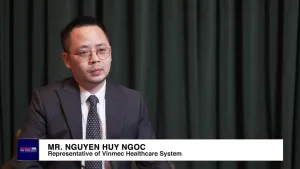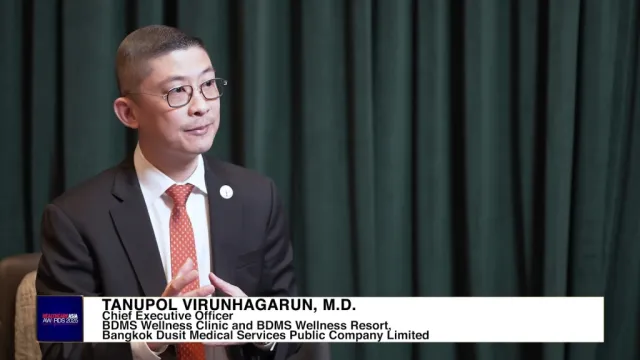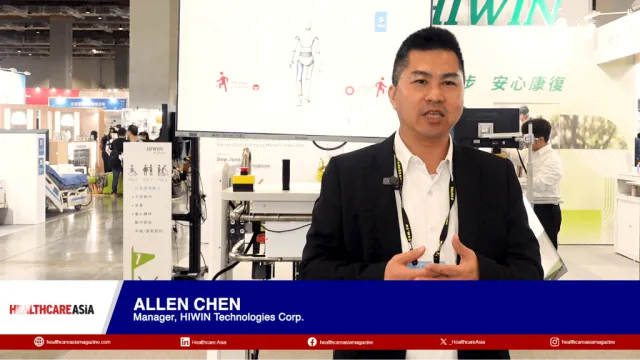
Indonesia faces gaps in air medical evacuations
Flying Doctor Indonesia serves fewer than 12% of 600 yearly requests.
Indonesia’s demand for air medical evacuations continues to outpace capacity, leaving many patients waiting for urgent transfers.
Flying Doctor Indonesia, operated by PT Air Ambulance Indonesia, logs 50–70 evacuation flights a year, while requests reach as many as 600. CEO Vika Cokronegoro said the shortage of aircraft remains the biggest hurdle.
“Requests keep growing year after year, but the obstacle is the limited number of aircraft,” she told Healthcare Asia. “When an aircraft goes into maintenance or the crew has reached their maximum flying hours, patients inevitably have to wait.”
Specialist hospitals are concentrated in major cities, forcing patients in remote areas to rely on air transfers. Indonesia also lacks a national medical command centre, making it harder to access medical data quickly.
“Preparing an air ambulance is different from a hospital that can respond with a ‘code blue,’” Vika said. “Everything must be prepared from the beginning—ventilator, infusion pumps, monitoring—if not, the risk is very high.”
Ambulances in rural areas often carry only basic equipment, slowing transfers to airports. Travel from villages can take up to four hours, while small airports that close at night cause further delays.
Each mission begins with an assessment of whether the patient can fly commercially or requires a dedicated air ambulance. The operation team then secures permits, prepares documents, and ensures the referral hospital can receive the patient.
“The hospital acceptance letter is very important,” Vika said. “We cannot arrive at a hospital and then find out that they are not prepared to receive the patient. That could be very dangerous.”
Flying Doctor Indonesia handles two to three flights daily when aircraft are available, though many requests go unserved due to costs, worsening patient conditions, or aircraft shortages.
One high-profile case involved a nine-month-old baby flown to India for a liver transplant. “The family could only collect $12,000 (IDR 200m), while in Indonesia, the cost could reach $72,000 (IDR 1.2b). With the support of our partner hospital in India and donor foundations, the baby was able to undergo the operation,” Vika said.
Tourists and companies are also frequent clients. Emergency evacuations at Mount Rinjani have saved lives, while mining and oil companies use the service because their sites are far from hospitals.
To maintain safety, Flying Doctor Indonesia equips aircraft with portable ICUs (intensive care units), ventilators, and monitoring devices. Free consultations are also provided to guide patients toward the right hospital and doctor.
Telemedicine integration is planned to speed up triage and referrals.
“Our target is to expand the network, improve the competency of medical teams, and build faster digital coordination systems,” Vika said. “Indonesia is vast, and without a national emergency health system, access will remain limited.”

















 Advertise
Advertise





